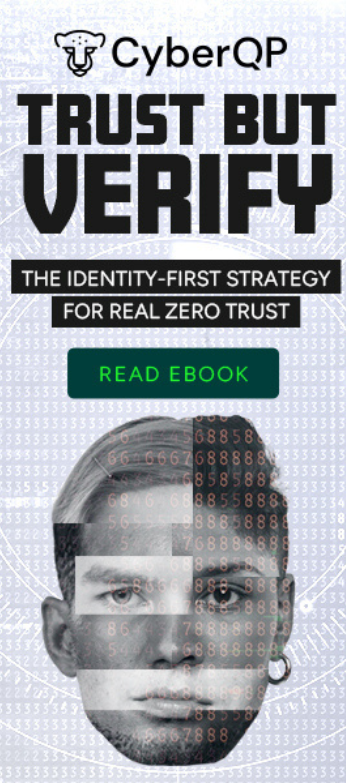On June 19, 2025, Forbes reported a staggering breach. Over 16 billion compromised credentials from major platforms, including Apple, Google, and Facebook, are now exposed on the dark web. This acts as a huge wake up call for security teams. If you’re relying on static credentials and dormant accounts to manage helpdesk access, you’re already behind the curve.
This incident is being recognized as a national public data breach, underscoring how high the stakes really are. While the headlines focus on end-user password leaks, there’s a less obvious but equally dangerous issue for IT teams: stale accounts. These are dormant user or technician accounts with lingering permissions. They provide an open invitation for attackers and result in a nightmare for compliance.
Stale Accounts and How They Lead to Compromised Credentials
Stale accounts are user or admin accounts that are no longer in active use but haven’t been decommissioned. In a helpdesk environment, they often result from staff turnover, role changes, or temporary access granted for a specific task but never revoked.
These accounts often:
- Retain elevated privileges.
- Use reused or weak passwords.
- Bypass standard MFA protocols.
- Remain invisible in manual audits.
The longer they exist, the greater the attack surface—and the more likely they are to be exploited in breaches involving compromised credentials or massive password leaks.
PAM: The Frontline Defense Against Dormant Access Risk
Privileged Access Management (PAM) is no longer a luxury reserved for large enterprises. As helpdesks become the frontline of cyber defense, implementing PAM has become essential. Without it, IT teams risk leaving privileged access unchecked, exposing the organization to unnecessary vulnerabilities. CyberQP’s PAM solution was purpose-built for helpdesk environments, offering just-in-time access that automatically expires when it’s no longer needed.
With no standing privileges, every access request is verified, logged, and time-bound, giving IT teams full visibility and control. This proactive approach eliminates dormant accounts and the security gaps they create. By embedding Zero Trust into every access flow, CyberQP helps organizations close the doors that password leaks and compromised credentials would otherwise pry open.
Compliance Doesn’t Tolerate Stale Accounts
Modern compliance frameworks, like SOC 2, HIPAA, and cyber insurance policies, demand clear proof of least privilege and thorough access auditing, both of which are undermined by stale accounts.
CyberQP helps organizations meet these standards with automated access expiration tied to user sessions, detailed audit trails for every privileged action, and built-in identity verification before access is granted.
Your compliance officer will thank you, and so will your insurer when your organization stays off the next national public data breach report.
Tool Consolidation: Do More with Less
Many IT teams still rely on a patchwork of manual processes, outdated scripts, or generic admin tools to handle user permissions. That leads to:
- Inconsistent offboarding
- Overprivileged technician accounts
- Increased shadow IT
CyberQP consolidates access control into a single, streamlined platform—purpose-built for MSPs, IT teams, and helpdesks that need power without complexity.
It’s Not Just Risk, It’s Reputation
Security isn’t just about locking down access. It’s about maintaining trust. When a stale account is exploited, the damage ripples across your organization, eroding customer trust if sensitive data is exposed, undermining internal confidence in IT’s ability to protect, and straining vendor relationships when compliance violations occur.
Whether the breach stems from compromised credentials or a widespread password leak, PAM serves as your proactive shield, demonstrating to stakeholders that you’re not only aware of the risks, you’re actively staying ahead of them.
Empowering Access, Redefining Privilege
CyberQP’s mission is to empower IT teams with secure, auditable, and user-friendly access workflows. We help you eliminate identity and privileged access security risks without adding friction.
Our credibility and credentials speak for themselves:
- SOC 2 Type 2 certified
- Identity verification, baked into every session
- Scalable for small IT teams and growing enterprises alike
We’re not just solving for today. We’re future-proofing your access control strategy.
Don’t Wait for the Breach
The next national public data breach is already happening somewhere. The only question is: Will your helpdesk be part of the headline? Make the smart move. Reduce risk, improve compliance, and modernize your access workflows today.
Learn how CyberQP helps eliminate stale account risk with Zero Trust Helpdesk Security. Request a demo today.


